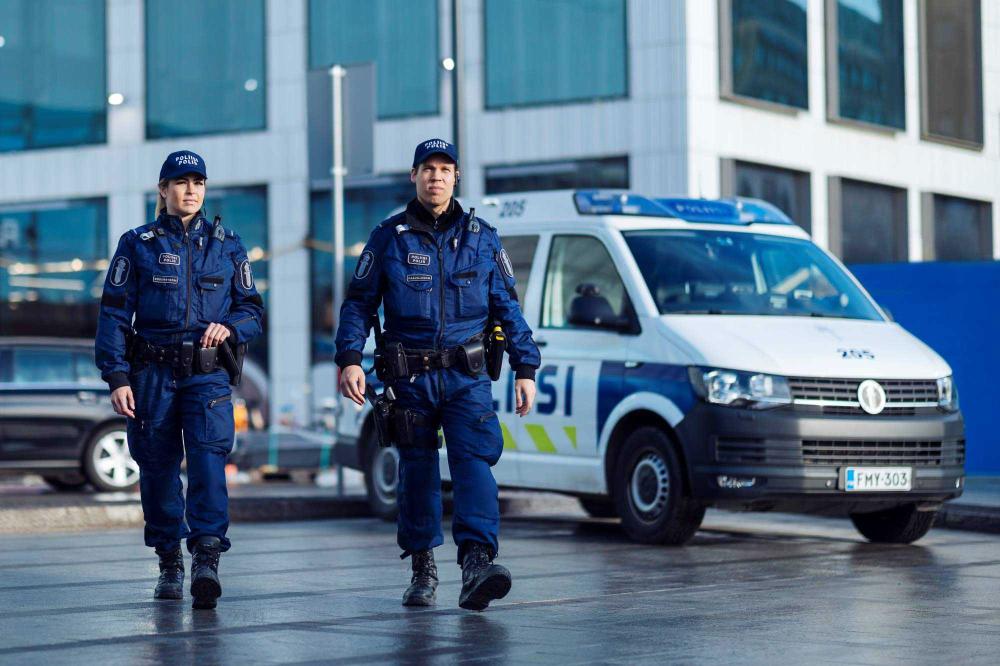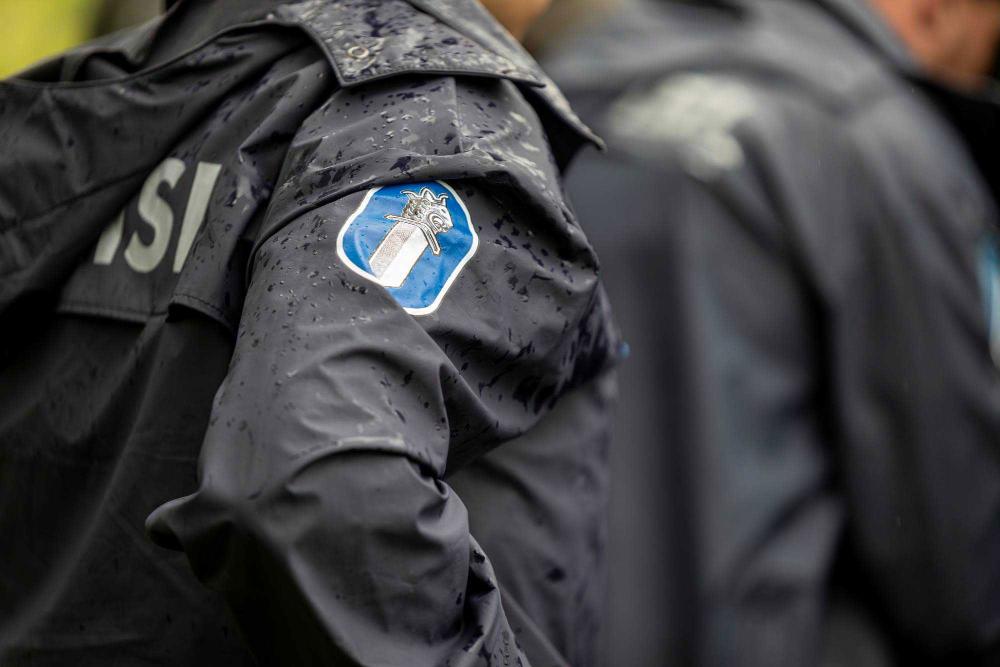Breadcrumb
Navigation Menu
The police uniform is one of the most distinctive identifiers of the police
Police badge and the uniform
Police badge
Every police officer wears a badge.
Police officers on duty must disclose that they are police if the situation so requires. Police officers must also show their badge on request, except where this could jeopardise the operation.
Police officers’ badge holders also often include a metal emblem similar to the arm patch on the police uniform. The metal emblem is not an official badge and its purpose is simply to make it easier for members of the public to identify a police officer. Carrying the emblem is not compulsory, and police officers can choose whether or not to order one.
.png/10bbf4ff-7b57-f8d8-ae3d-c9c052d6d388?t=1634820875044&imagePreview=1)
|
The police uniform is one of the most distinctive identifiers of the police
The police wear field uniforms, protective clothing and special clothing outdoors and service uniforms indoors. The field uniform includes, for example, overalls. Protective clothing and special clothing include high-visibility vests, waterproofs and motorcycle overalls. The service uniform consists of a smart shirt and trousers. Some police officers wear plain clothes.
The police also has a dress uniform for special occasions. The police wear the dress uniform to, for example, weddings and the Independence Day Ball.
Only police officers are allowed to wear police uniforms and other official police clothing. Wearing uniforms or other articles of clothing that could be confused for official police clothing is prohibited, as is carrying insignias that resemble the police emblem. Impersonating a police officer is a criminal offence.
A Police Chief can permit the use of official police clothing for the purposes of, for example, a theatre performance on a case-by-case basis.
History of police uniforms
Police authorities in Finland have worn uniforms since before the country became independent. Even at that time, the appearance of police uniforms and insignias denoting the wearer’s rank were regulated by decree. The first official police uniform was introduced at the Helsinki Police Department in 1861. The uniform echoed the Western European style of the 19th century. A Russified model was used during the years of oppression in the early 20th century, which included breeches and a buttonless jacket.
Once Finland became independent, the artist Jorma Gallen-Kallela designed a first uniform meant exclusively for city police in 1918. A dark-blue uniform with a stiff collar was introduced across the country in 1923. A number of alterations and additions were made to the uniform over the years, but the model essentially remained the same until 1951, when a more modern uniform with an open collar was adopted.
Regulations on official police clothing
Official police clothing is regulated by the Ministry of the Interior’s Decree on Police Uniforms.





